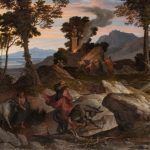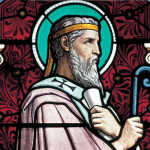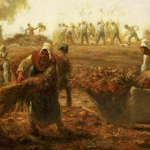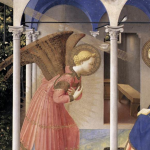
Joey Spencer is a Tutor for the Alcuin Institute for Catholic Culture, and serves as the Archivist for the Diocese of Tulsa.
Giving Thanks for Backseat Drivers
I have never heard anyone say that they love backseat drivers. Most of us have experienced a time or two when we have been distracted by a witty billboard, beautiful…
A“Living Man”: the Martyrdom of St. Blandina
In the fifth chapter of Eusebius’ Ecclesiastical History, Eusebius quotes from a letter scholars believe to have been written by Saint Irenaeus. It is a letter written to the Churches…
St. Augustine: Love & Conversion in the Church
Sacred Scripture reveals through salvation history that God calls every person to Himself. Those who respond to their vocation and turn to the Lord are often used for the conversion…
Fra Angelico’s “Annunciation” & Mary’s Obedience
I recently taught a class on sacred art to a local parish’s men’s club. One of the paintings that we discussed was an altarpiece of the Annunciation done by Blessed…





